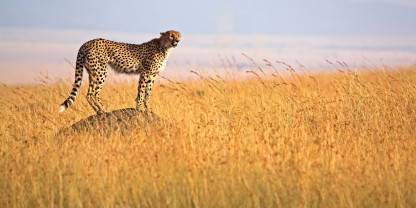Average User Rating
Rating Breakdown
Write a User Review BG
Visited:
July 2023
Reviewed: Aug 1, 2023
BG
Visited:
July 2023
Reviewed: Aug 1, 2023
Email Milena | 35-50 years of age | Experience level: first safari
 TZ
Visited:
June 2023
Reviewed: Jul 31, 2023
TZ
Visited:
June 2023
Reviewed: Jul 31, 2023
Email Katharina | 20-35 years of age | Experience level: over 5 safaris
 GB
Visited:
June 2023
Reviewed: Jul 30, 2023
GB
Visited:
June 2023
Reviewed: Jul 30, 2023
Email Nikolas Grum | 20-35 years of age | Experience level: 2-5 safaris
 US
Visited:
June 2023
Reviewed: Jul 28, 2023
US
Visited:
June 2023
Reviewed: Jul 28, 2023
Email Michelle | 50-65 years of age | Experience level: first safari
 GB
Visited:
June 2023
Reviewed: Jul 22, 2023
GB
Visited:
June 2023
Reviewed: Jul 22, 2023
Email Neil Atkey | 50-65 years of age | Experience level: 2-5 safaris
 GB
Visited:
June 2023
Reviewed: Jul 22, 2023
GB
Visited:
June 2023
Reviewed: Jul 22, 2023
Email William | 65+ years of age | Experience level: 2-5 safaris
 GB
Visited:
July 2023
Reviewed: Jul 22, 2023
GB
Visited:
July 2023
Reviewed: Jul 22, 2023
Email Alison | 50-65 years of age | Experience level: 2-5 safaris
 NL
Visited:
June 2023
Reviewed: Jul 22, 2023
NL
Visited:
June 2023
Reviewed: Jul 22, 2023
Email Marline | 20-35 years of age | Experience level: first safari
 MX
Visited:
July 2023
Reviewed: Jul 21, 2023
MX
Visited:
July 2023
Reviewed: Jul 21, 2023
Email Darwin Chan | 20-35 years of age | Experience level: first safari









